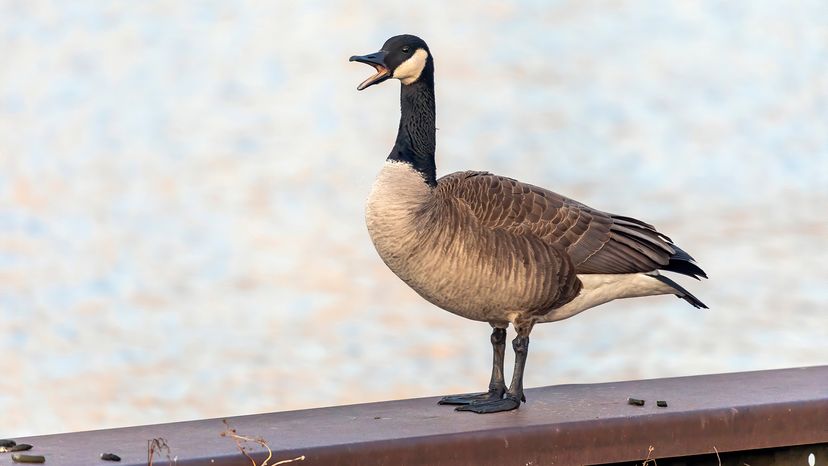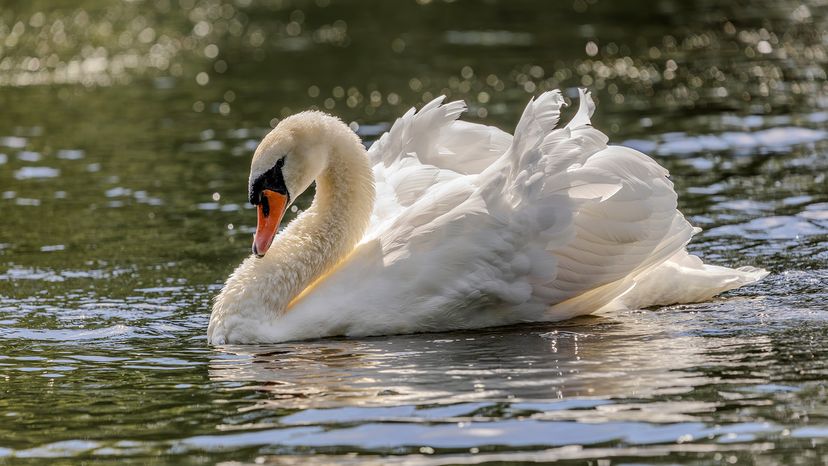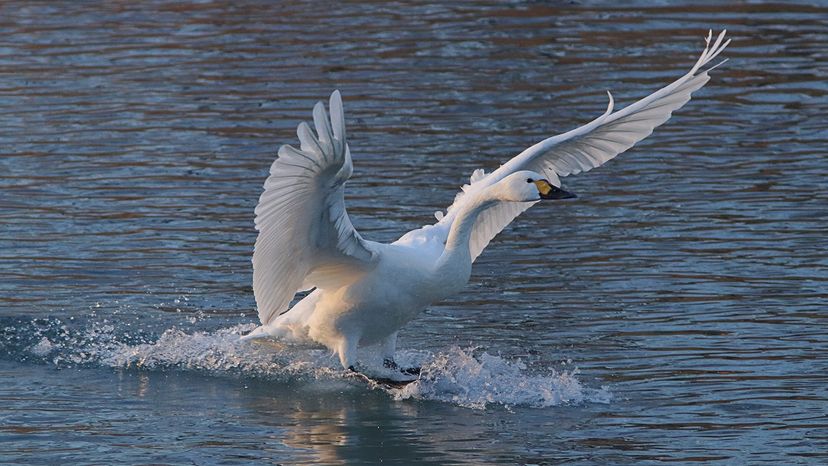
At first glance, geese and swans seem like large, long-necked cousins in the bird world — and they are. But the goose vs. swan comparison reveals key differences in size, behavior, migration, and even their place in the ecosystem.
Advertisement

At first glance, geese and swans seem like large, long-necked cousins in the bird world — and they are. But the goose vs. swan comparison reveals key differences in size, behavior, migration, and even their place in the ecosystem.
Advertisement

Swans are the largest members of the Anatidae family, which includes generic ducks, perching ducks, dabbling ducks, and diving ducks.
With elongated bodies, long necks, and impressive wingspans up to 10 feet (3 meters), swans such as the trumpeter swan and mute swan dominate lakes and wetlands. They typically have white plumage.
Advertisement
Geese, like Canada geese and snow geese, are also members of the Anatidae family but are smaller than swans. They have shorter necks, black wing tips, and more compact bodies.
You can easily recognize the Canada goose by its black head and neck contrasted by a white chinstrap.
Advertisement
Swans and geese are both social birds, often seen in flocks. However, swans tend to form lifelong monogamous pairs and become highly territorial during breeding season. A female swan (pen) will guard her nest near aquatic vegetation.
When it comes to social behavior, geese also mate for life but are more communal. They form large flocks and work together to defend territory, especially during nesting. Geese share parental duties, and their behavior often includes honking calls and coordinated flight patterns.
Advertisement

There are six living species of swan, including the mute swan, tundra swan, and trumpeter swan. They are commonly found in temperate regions, preferring colder zones and freshwater habitats. Swans tend to migrate shorter distances but in smaller flocks.
Geese are more numerous in species and are widespread across North America, Europe, and Asia. The Canada goose and snow goose are two of the most well-known species, often forming large flocks that migrate long distances during the winter.
Advertisement
The Migratory Bird Treaty Act protects both geese and swans.
Both geese and swans are waterfowl that thrive in aquatic habitats such as lakes, ponds, and marshes. Swans feed primarily on aquatic vegetation and small fish. Their long necks allow them to reach underwater plants.
Geese feed more often on land, grazing in fields or near urban parks. They eat grasses, grains, and aquatic plants. Geese live in a wider range of environments than swans and adapt well to human-altered landscapes.
Advertisement
Swans and geese are strong fliers with webbed feet built for both swimming and takeoff. Geese are famous for flying in V-shaped formations over long distances, guided by wind patterns and memory. Snow geese and Canada geese regularly migrate between northern breeding grounds and southern wintering areas.
Swans also migrate, but many swans — like the mute swan — are more sedentary. Tundra swans and trumpeter swans do travel great distances but not always in large flocks. Both groups are susceptible to habitat loss due to development and climate change.
Advertisement
Swans tend to be more aggressive, especially around nests, and can chase off other birds or even humans. Geese, while vocal and protective, are more likely to retreat in the face of danger.
While they're different species, geese and swans share many similarities in behavior and habitat. Still, they remain distinct, with swans typically larger and more solitary, and geese more social and adaptable.
Advertisement
We created this article in conjunction with AI technology, then made sure it was fact-checked and edited by a HowStuffWorks editor.
Please copy/paste the following text to properly cite this HowStuffWorks.com article:
Advertisement